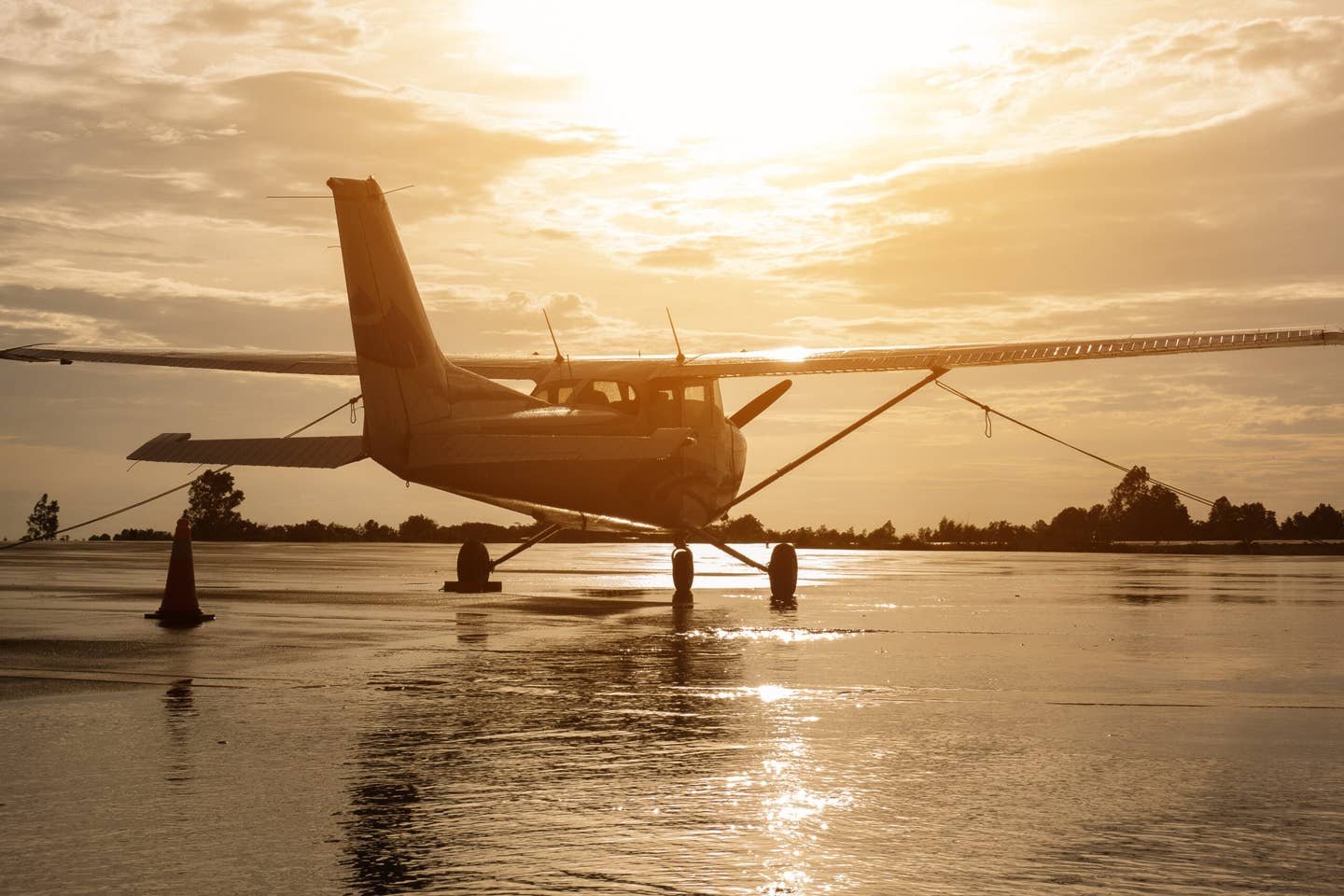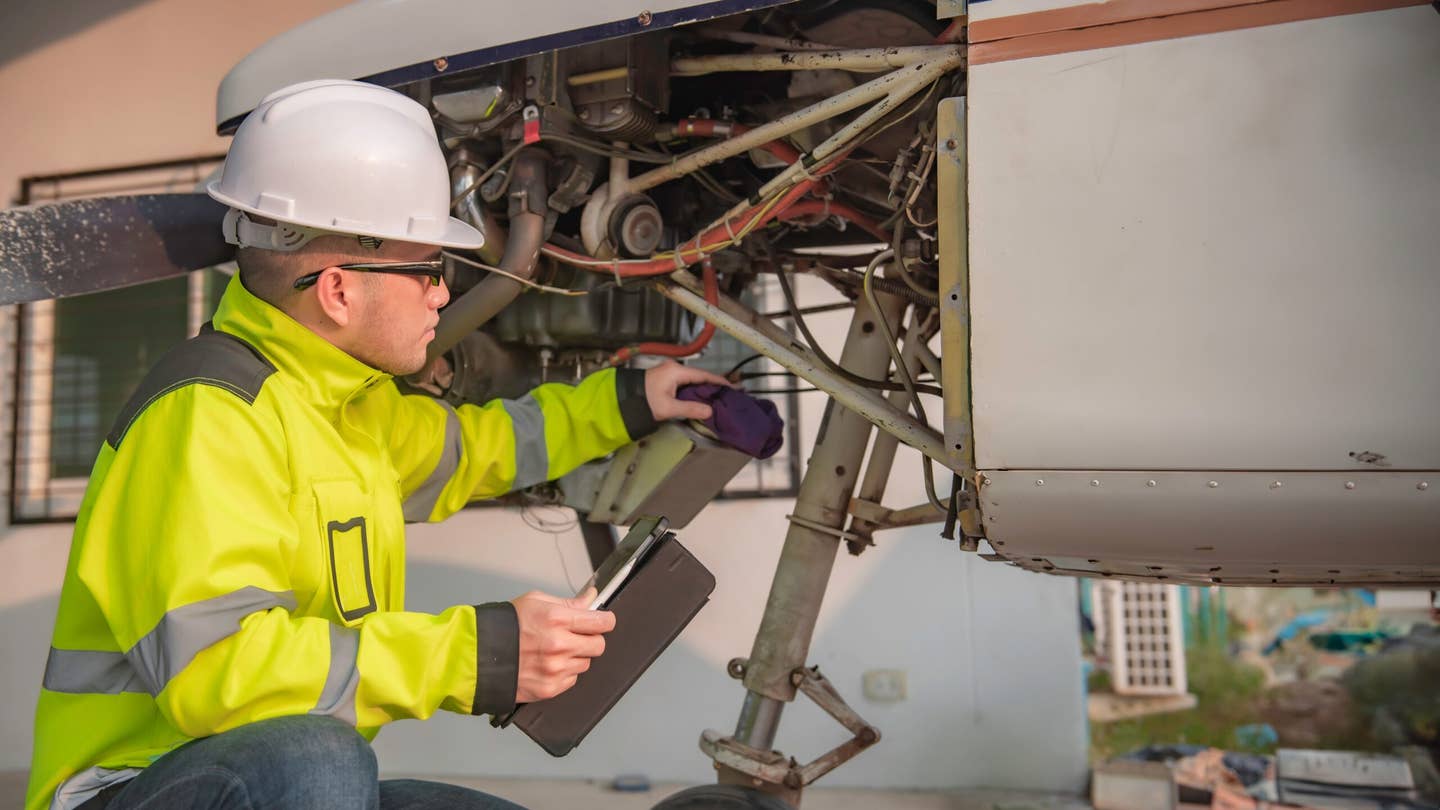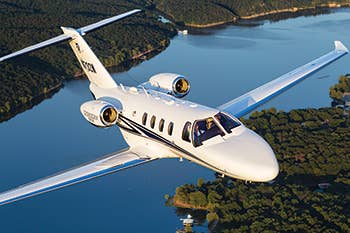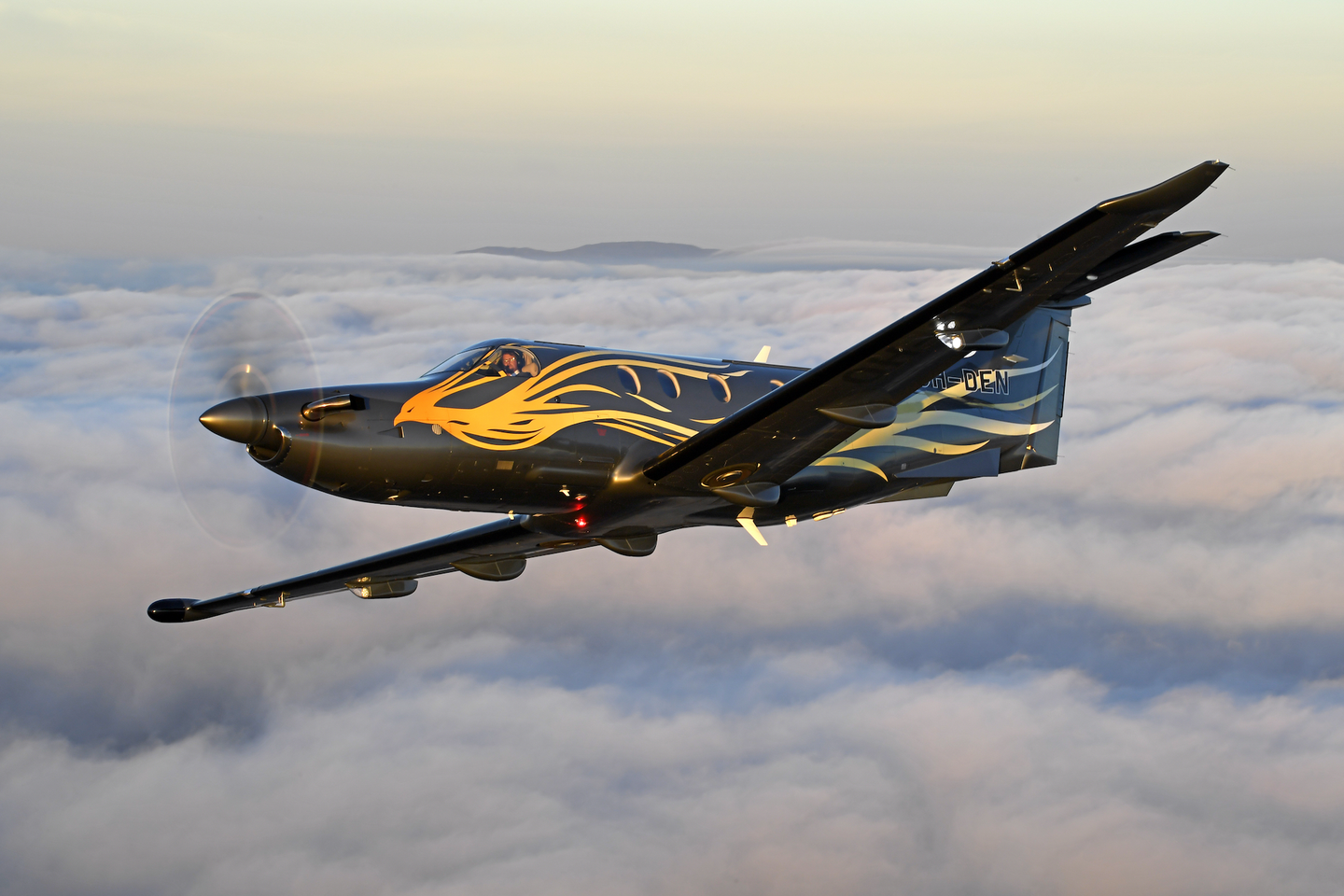
Pilatus PC-12 [Courtesy: Pilatus Aircraft]
BROUGHT TO YOU BY FLYING FINANCE
The aircraft market is continuing to expand, and that means better options for the consumer.
One of the largest growing segments in aviation is the turboprop—reliable, practical planes that fill the niche between high speed, high altitude jets and lower flying piston airplanes.
Turboprop-powered aircraft are becoming more popular, and industry experts project that yearly turboprop sales are expected to grow by 2,450 aircraft before 2040.
While every class of aircraft has its functions, you might be surprised how versatile and useful turboprops can be. If your business needs mean you take regular short flights to and from small airports, financing a turboprop could be a major time and money saver for you.
Turboprops Excel at Short Flights
In Europe and North America, roughly half of all private flights are less than 500 miles long. Critically, this is about the distance it takes for a turboprop to outperform a jet.
At low to medium altitudes, turboprop engines are more efficient than jets, and cost savings of up to 40 percent are possible. Because every flight involves low altitudes at takeoff and landing, a high altitude cruise needs to be long enough for the turbofan engine to offset the disadvantage during start and landing.
Not to mention, many people don’t realize that the speed advantage is marginal for faster jets due to the time spent ascending and descending. In a 500-mile flight, turboprops lose only a few minutes versus jets.
If your business has you flying regularly between, say, Atlanta and Roanoke, Virginia, or Miami and Tampa, Florida, or even all the above, you’ll realistically make out better with all costs by owning a turboprop than a jet.
Flexibility With Shorter Runways
Especially compared to jets, turboprops have exceptional short takeoff and landing (STOL) capabilities. Due to their stability at lower speeds and the drag created by propellers, these aircraft can easily decelerate to safe landing speeds for small airports and short runways, and that means that your options for travel open up—dramatically.
Not every business is based near a large commercial airport. If you work in agriculture, manufacturing, tourism, ministry, or a plethora of other fields, chances are, you’ll need to visit smaller towns.
With over 80 STOL ports in the U.S. alone, as well as thousands of other small airports around the country that can safely accommodate even the most advanced turboprops, there are plenty of use cases for planes that are capable of lower speeds.
While owning a jet may not provide enough value for your company to justify the costs, especially without easy hangar or runway access, turboprops’ versatility makes them a much easier sell.
Low Altitude = Less Turbulence
Like we’ve mentioned above, turboprops are designed for slower speeds and lower altitudes than jets. Why does this matter for your experience?
From 23,000 to 39,000 feet, at the edge of the tropopause, airspace is generally more affected by weather conditions and can often be much more turbulent. Because turboprops typically fly below 30,000 feet while jets generally stay above, most of your flights in a turboprop will be less bumpy than the equivalent ride in a jet.
Comfortable air might not seem like a major factor, but it is if you spend enough time in your aircraft.
Safety and Reliability
We’ve talked about the benefits of turboprops compared to higher-end jets, but how about smaller, lighter airplanes?
While some obvious benefits apply to turboprops, such as higher cruising speed and better efficiency, it’s also important to note that turboprops are much safer and more reliable than piston-driven propeller planes.
Due to the fact that turboprop engines involve rotating mass rather than reciprocating mass, they’re mechanically safer in the case of any failure (and also less prone to catastrophic failure in the first place).
Equally as vital, the redundancy of twin-engine turboprop models provides an extra sense of security over single-engine planes, including most piston-driven planes.
Lower Carbon
It’s no secret that fuel prices are increasing. The cost of running a jet will only continue as legislation, such as the European Union’s Taxonomy Regulation, disincentivizes and restricts carbon emissions and consumption in the coming decades.
In the not-so-distant future, the aviation industry will gravitate more and more toward low-carbon emitting aircraft.
So we arrive again at the conclusion that turboprops are a practical, forward-thinker’s aircraft.
Check Out a Wide Selection
Due to the popularity among business charters, there are plenty of options for turboprop buyers. The market has never been better for a range of tastes and needs—everything from luxury to sport to hobby use.
Many major manufacturers are producing turboprop aircraft:
- Cessna
- Beechcraft
- Piaggio
- Piper
- Pilatus
- Daher
If you don’t know where to start, look through AvBuyer’s turboprop guides. And if you’re not sure about how much to finance and how much to put down, reach out to the FLYING Finance team today and get the process started to beat the holiday crunch.

Sign-up for newsletters & special offers!
Get the latest FLYING stories & special offers delivered directly to your inbox

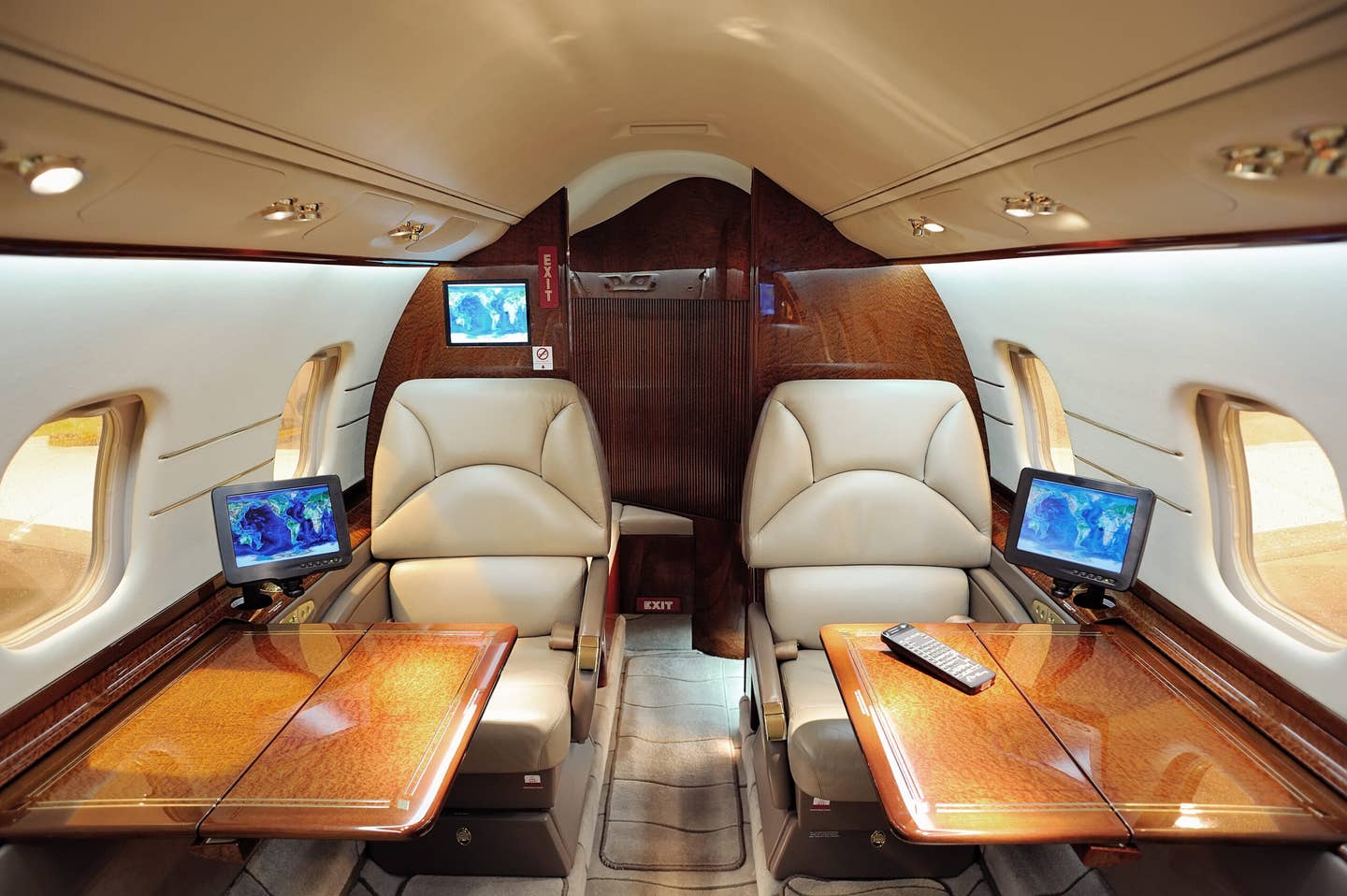
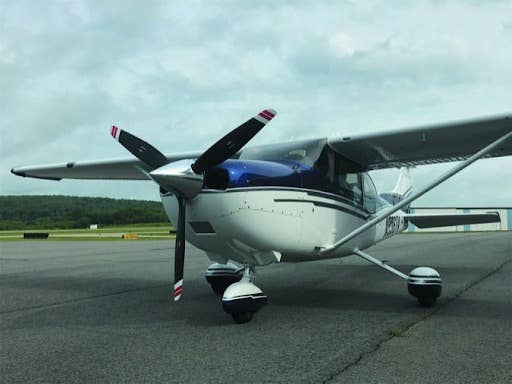
![[PILOT AND SNELLEN CHART PIC]](https://www.flyingmag.com/uploads/2022/11/2022-FlyingMag.com-Native-Advertising-Main-Image--scaled.jpeg?auto=webp&auto=webp&optimize=high&quality=70&width=1440)
